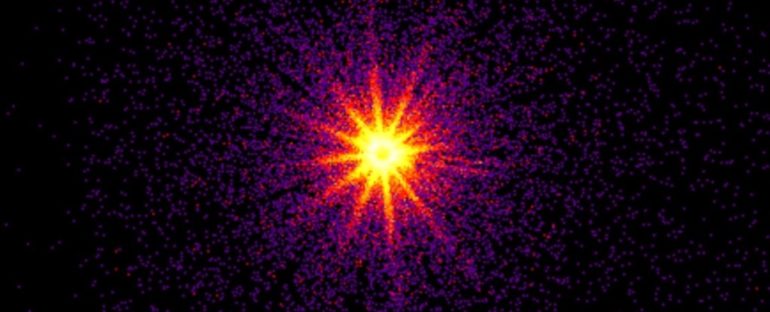A black hole flickering in the Milky Way galaxy has been filmed in unprecedented detail, with a new high frame-rate technique that is helping us understand the wild dynamics of these most enigmatic objects.
A black hole flickering in the Milky Way galaxy has been filmed in unprecedented detail, with a new high frame-rate technique that is helping us understand the wild dynamics of these most enigmatic objects.
The black hole is named MAXI J1820+070, discovered in 2018, roughly 7 times the mass of the Sun and just 10,000 light-years from Earth.
As far as black holes go, it’s way small – the lowest mass that we think a black hole can be is around 5 Suns – but there’s something else really interesting about it. It’s flickering, emitting a whole bunch of X-ray and visible light radiation, as it actively slurps down matter from a nearby star.
Normally black holes – especially small, quiescent black holes – are very hard to see. Sagittarius A*, the supermassive black hole at the centre of the Milky Way, is relatively quiet, but it’s also easy, because we can track the orbits of things moving around it.
But Sgr A* is 4 million times the mass of the Sun, and therefore acts as the centre of a massive system. A black hole only 7 times the mass of the Sun isn’t likely to have as many orbiters. However, many stars (including dead stars like black holes) are in binary systems with other stars – and such black holes can eat up material stripped off their binary companions.
That’s what astronomers believe is happening with MAXI J1820+070. As the black hole strips its BFF star, the material forms an accretion disc around the black hole, where frictional, magnetic and gravitational…



